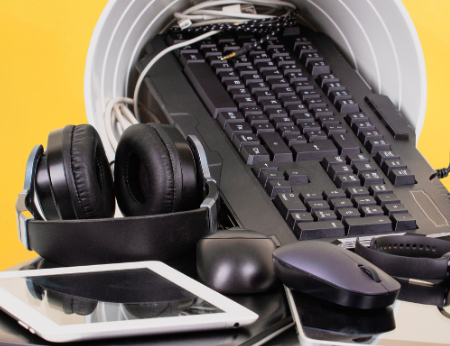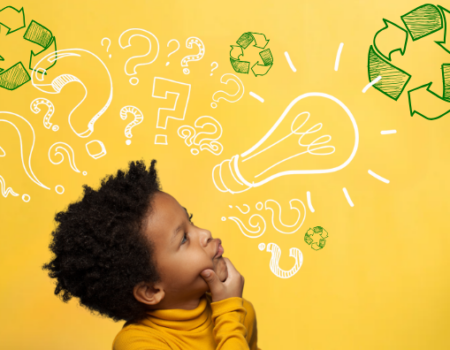#1
Always check the item can go in your yellow lid bin.
#2
If your item can’t go in the yellow lid bin, check if it can be recycled in other ways such as waste management drop off centers.
#3
Check your local Council Websites and social media pages to see if they have any drop-off events coming up.
#4
Bottles and containers must be empty but don’t require washing or rinsing before going into your recycling bin.
#5
Place your bin at the kerbside with the opening facing the road by 5.30am on the day of collection or the evening prior.
#6
Use paper on both sides, and if you work in an office, where possible, do not print unnecessarily.
#7
Clean milk cartons or yoghurt pots make wonderful pots for plants or seedlings or kids craft projects.
#8
It is not only aluminium cans that can be placed in your recycling bin –pie trays and aluminium foil can be recycled too.
#9
Avoid buying products which are over packaged, and where packaging cannot be avoided, make sure the packaging is recyclable.
#10
Use reusable produce bags at the supermarket to avoid soft plastic bags.
#11
Place loose items in your recycling bin. Don't put them inside a plastic bag.
#12
Take all your used batteries to a recycling facility or store that recycles batteries. Check with your local Council to learn more. Do not place them in your recycling bin.
#13
Buy a Keep-Cup and/or drink bottle to avoid single use takeaway cups going into landfill.
#14
Cut up cardboard boxes so that you can fit more recyclables into your bin.
#15
Plan your meals and make a list before going shopping, this will help you avoid overbuying and buying things you do not need.
#16
Buy refills; buying refills of detergent, hand wash and coffee is more environmentally friendly and it’s usually cheaper.
#17
Avoid disposable items; buy rechargeable batteries, low energy light bulbs and razors with interchangeable heads.
#18
Look on food product labels for the Australian Recycling Identification Symbols to see how to recycle/dispose of each part.



